The world of big cats is a fascinating realm, brimming with power, grace, and intricate survival strategies. From the moment they are born, these majestic creatures embark on a journey filled with learning and adaptation. The first year of a big cat’s life is critical, as it sets the foundation for their survival in the wild. This article delves into the captivating journey of how big cats, such as lions, tigers, and leopards, develop essential survival skills during this crucial period. Through a series of engaging and informative sub-sections, we will explore the diverse aspects of their growth, behavior, and the unique challenges they face.
The Birth of a Big Cat: The First Breath of Life
The birth of a big cat is a momentous event, marking the beginning of a life filled with potential. These newborns are typically born blind and helpless, relying entirely on their mother for warmth and nourishment. During the initial weeks, the mother’s presence is pivotal in ensuring the cubs’ safety and security. She chooses a secluded den, often hidden from predators, to give birth and raise her young. The mother’s instinct to protect her cubs is fierce, as she becomes their sole provider and guardian. In this early stage, the cubs’ primary focus is on feeding and gaining strength, setting the stage for their future development.
The Importance of Play: Nature’s Classroom
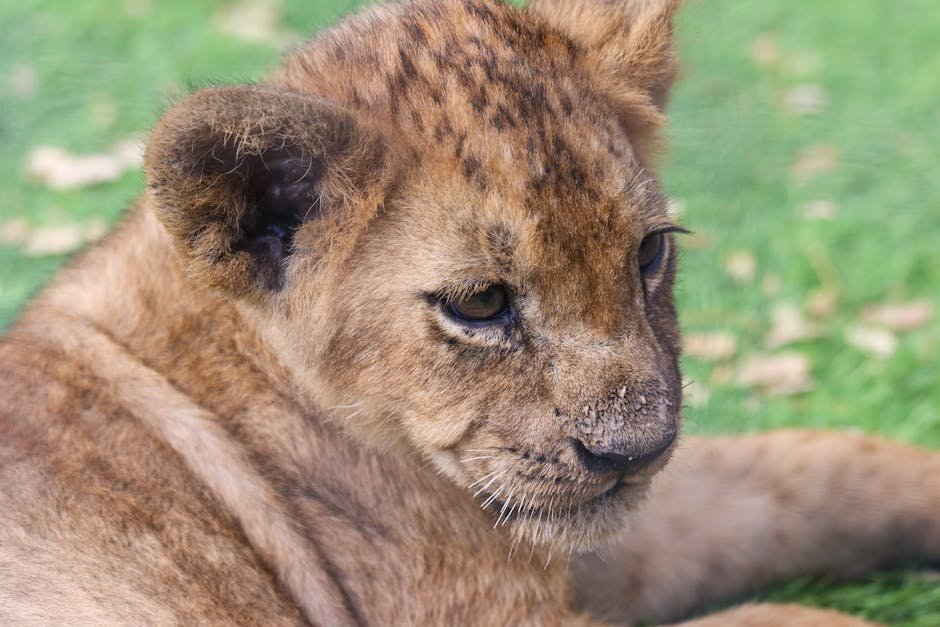
Play is not just a frivolous activity for big cat cubs; it is a critical component of their growth and learning. Through playful interactions with their siblings, cubs hone their motor skills, learn social cues, and develop coordination. These playful bouts often mimic the behaviors they will need as adults, such as stalking, pouncing, and wrestling. Play also serves as a means for cubs to establish social hierarchies within the litter, teaching them the dynamics of leadership and submission. In essence, play is nature’s classroom, where cubs are equipped with the tools they need to navigate the challenges of the wild.
Learning to Hunt: The Art of Patience and Precision
As the cubs grow, their mother gradually introduces them to the art of hunting, a skill that is essential for their survival. Initially, the cubs observe their mother’s hunting techniques from a safe distance, learning the importance of patience, stealth, and precision. Over time, the mother allows her cubs to participate in hunting expeditions, providing them with opportunities to practice their skills. These experiences are invaluable, as they teach the cubs how to identify prey, calculate the perfect moment to strike, and execute a successful kill. Hunting is a complex skill that requires practice and perseverance, and it is during this period that cubs lay the groundwork for their future as proficient hunters.
The Role of the Mother: A Lifelong Mentor

The mother is the linchpin in a cub’s development, serving as both a caregiver and a mentor. Her role extends beyond providing food and protection; she imparts invaluable life lessons that shape her cubs’ behavior and survival strategies. Through her guidance, cubs learn essential skills such as territory marking, vocal communication, and the establishment of social bonds. The mother’s influence is profound, as she instills confidence and resilience in her young, preparing them for the challenges they will face as independent adults. Her mentorship is a testament to the enduring bond between mother and cub, a bond that is vital for the continuation of the species.
The Significance of Territory: Establishing Boundaries
In the wild, territory is a precious commodity, and big cats must learn to navigate this complex landscape. As cubs mature, they begin to understand the significance of territory, which serves as a refuge, a hunting ground, and a space for raising future generations. The mother teaches her cubs the boundaries of their territory, as well as the subtle art of scent marking and vocal communication to assert their presence. Understanding territory is crucial, as it determines access to resources and influences social interactions with other big cats. This knowledge empowers cubs to establish and defend their own territories when they eventually venture out on their own.
Developing Social Skills: The Dynamics of Pride and Solitude

Big cats exhibit a range of social behaviors, from the communal life of lions in a pride to the solitary existence of leopards and tigers. Cubs must learn to navigate these social dynamics, adapting their behavior to suit their specific species. In a pride, lion cubs learn the intricacies of cooperation, working together to hunt and protect their group. In contrast, solitary species must develop self-reliance and independence, honing their skills to survive alone. These social skills are essential, as they influence a cub’s ability to form alliances, avoid conflicts, and thrive in their respective environments.
The Challenges of Predation: Avoiding Danger
The wild is fraught with danger, and big cat cubs must quickly learn to recognize and avoid potential threats. Predators, such as hyenas and other large carnivores, pose a significant risk to young cubs. The mother plays a crucial role in teaching her cubs the warning signs of danger and the appropriate responses to avoid confrontation. Cub survival depends on their ability to remain vigilant, stay hidden, and retreat to safety when necessary. These lessons are vital, as they enable cubs to navigate the perils of the wild and reach adulthood.
The Growth Spurt: Physical Development and Strength
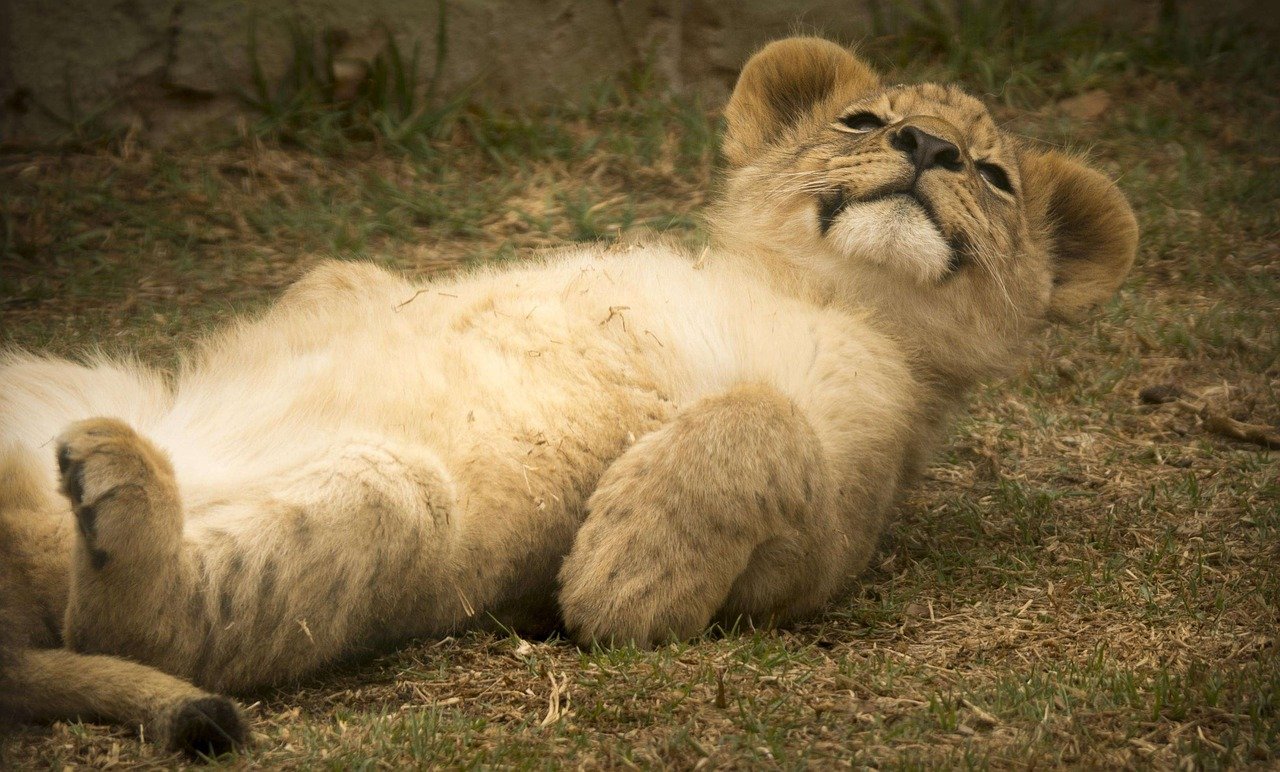
During their first year, big cat cubs undergo a remarkable growth spurt, developing the physical attributes necessary for survival. Their muscles strengthen, their claws sharpen, and their senses become more acute. This physical development is complemented by a surge in confidence, as cubs gain the strength and agility needed to explore their surroundings. The growth spurt is a critical period, as it prepares cubs for the challenges of hunting, territory defense, and social interactions. It is during this time that cubs transform from vulnerable infants into formidable predators, equipped to face the demands of the wild.
Vocal Communication: The Language of Roars and Growls
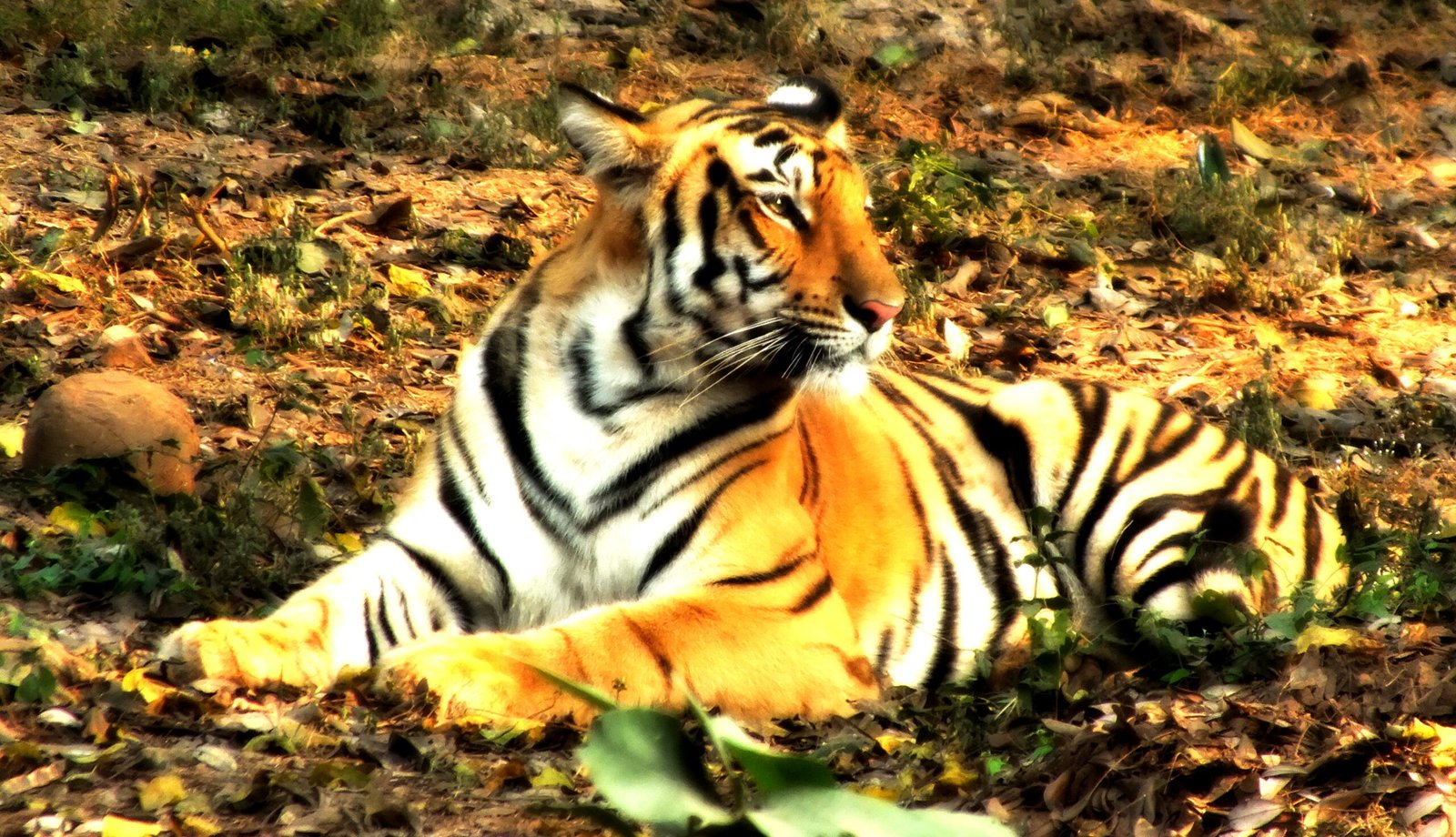
Communication is a vital skill for big cats, and cubs must learn to use vocalizations effectively. Each species has its unique set of calls, from the mighty roar of a lion to the subtle growls and chuffs of a tiger. These vocalizations serve multiple purposes, including establishing territory, attracting mates, and coordinating group activities. Through observation and practice, cubs learn to interpret and mimic these sounds, refining their communication skills as they mature. Vocal communication is a powerful tool, enabling cubs to express emotions, convey intentions, and navigate the complexities of social interactions.
The Art of Camouflage: Blending with the Environment
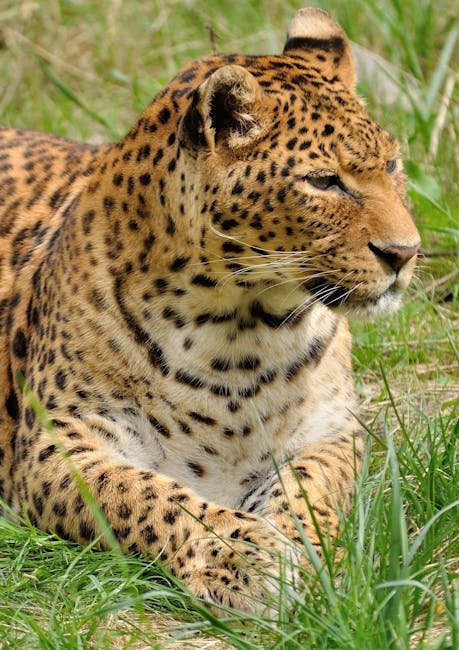
Camouflage is an essential survival skill for big cats, allowing them to remain undetected by both prey and predators. Cubs learn the art of camouflage from their mother, who demonstrates how to use the environment to their advantage. Whether it’s blending with the dappled sunlight of a forest or the golden grasses of the savannah, big cats rely on their markings and stealthy movements to remain invisible. This skill is particularly important for hunting, as it enables cubs to approach prey undetected. Mastery of camouflage is a testament to the cubs’ adaptability and resourcefulness, ensuring their success in the wild.
The Role of Instinct: Nature’s Inherited Wisdom

Instinct plays a significant role in the development of big cat cubs, guiding their behavior and decision-making. From an early age, cubs exhibit innate behaviors that are crucial for their survival, such as the instinct to stalk and pounce. These instinctual actions are honed through experience and observation, allowing cubs to refine their skills over time. Instinct serves as a foundation upon which learned behaviors are built, providing cubs with a repertoire of strategies to tackle the challenges of the wild. It is this blend of instinct and learning that equips big cats with the resilience and adaptability needed to thrive.
The Transition to Independence: Leaving the Den

As cubs approach their first year, they begin the transition to independence, a pivotal milestone in their development. This phase involves leaving the safety of the den and venturing into the world on their own. The mother gradually reduces her involvement, encouraging her cubs to explore and test their skills independently. This transition is fraught with challenges, as cubs must navigate unfamiliar territories, find food, and avoid predators. Despite the difficulties, this period is essential, as it prepares cubs for adulthood and the responsibilities of establishing their own territories and families.
The Influence of Environment: Adapting to Different Habitats
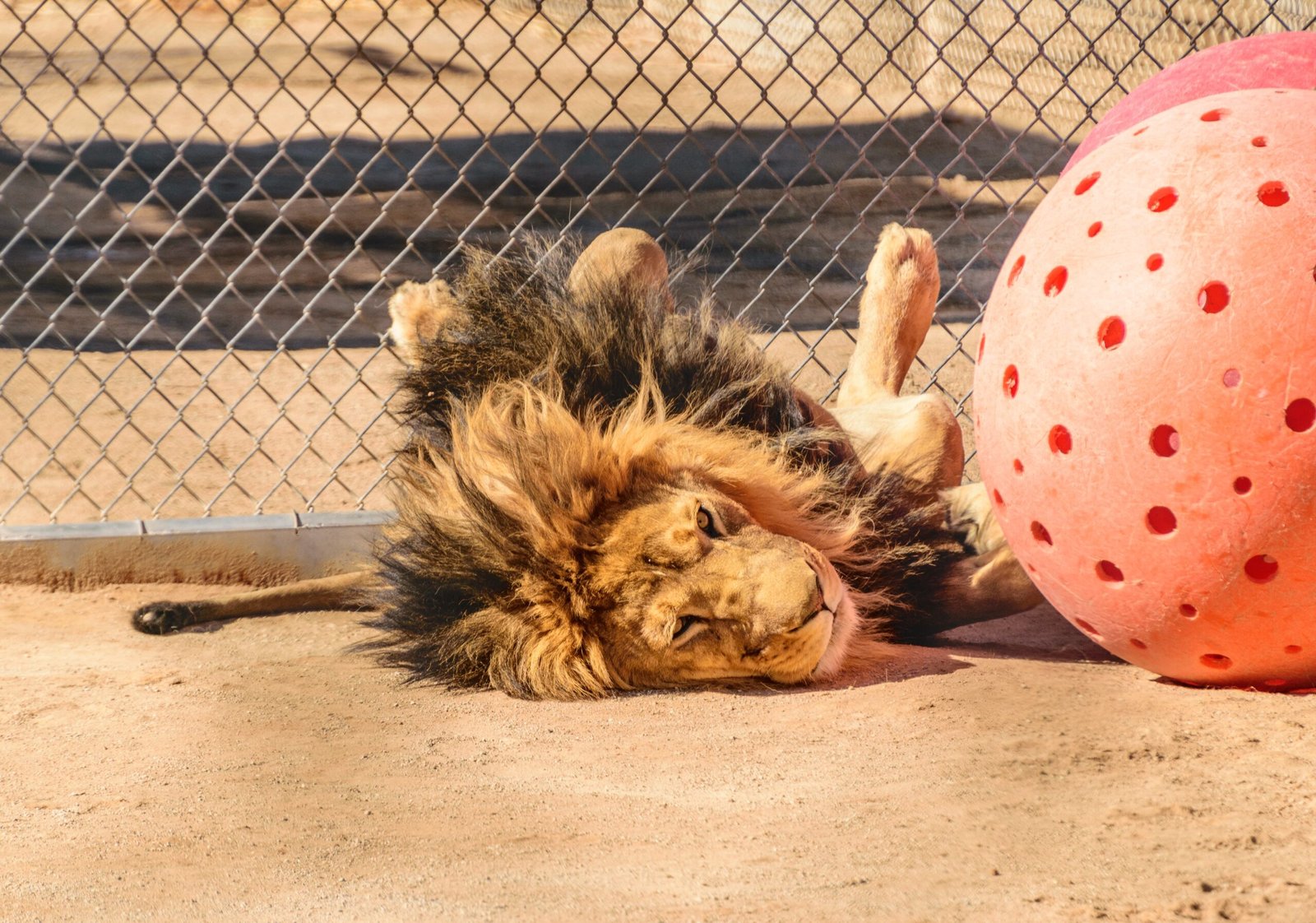
Big cats inhabit a diverse range of environments, from dense forests to arid deserts, and cubs must learn to adapt to their specific habitats. The environment plays a crucial role in shaping a cub’s development, influencing their hunting strategies, social behaviors, and survival tactics. For instance, cubs in forested areas may rely more on stealth and agility, while those in open savannahs may focus on speed and endurance. Understanding the nuances of their environment is key to a cub’s success, as it dictates the resources available and the challenges they will face. This adaptability is a hallmark of big cats, enabling them to thrive in a variety of conditions.
Building Confidence: The Journey to Self-Reliance

Confidence is a vital attribute for big cat cubs, as it empowers them to face the uncertainties of the wild. Through a combination of maternal guidance, play, and exploration, cubs gradually build the confidence needed to assert themselves. This self-assurance is evident in their interactions with siblings, their approach to hunting, and their ability to navigate social dynamics. Confidence is not just about boldness; it is about understanding one’s strengths and limitations, and using them to one’s advantage. As cubs mature, they become more self-reliant, ready to take on the challenges of independence and adulthood.
The Role of Siblings: Learning from Each Other

Siblings play a significant role in a cub’s development, providing companionship, competition, and opportunities for learning. Interactions with siblings teach cubs valuable lessons about cooperation, conflict resolution, and hierarchy. Through play and competition, siblings challenge each other to improve their skills, fostering a sense of camaraderie and mutual support. The presence of siblings also offers emotional security, helping cubs to navigate the complexities of social interactions. This bond is crucial, as it equips cubs with the social skills and resilience needed to thrive in their environment.
Coping with Adversity: Lessons in Resilience

The first year of life is fraught with challenges, and big cat cubs must learn to cope with adversity to survive. From facing predators to dealing with food scarcity, cubs encounter numerous obstacles that test their resilience. These experiences are valuable lessons, teaching cubs the importance of adaptability, perseverance, and resourcefulness. The ability to overcome adversity is a critical survival skill, enabling cubs to navigate the uncertainties of the wild and emerge stronger. Resilience is not just about surviving; it is about thriving in the face of challenges and emerging victorious.
The Role of Curiosity: Exploring the Unknown
Curiosity is a driving force in a cub’s development, motivating them to explore their surroundings and learn about their environment. This innate sense of wonder encourages cubs to investigate new sights, sounds, and smells, expanding their understanding of the world. Through exploration, cubs discover potential food sources, identify threats, and learn valuable survival skills. Curiosity is not just about seeking information; it is about fostering a sense of adventure and discovery. This trait is essential for big cats, as it equips them with the knowledge and confidence needed to navigate the complexities of the wild.
The Impact of Climate: Adjusting to Weather Changes
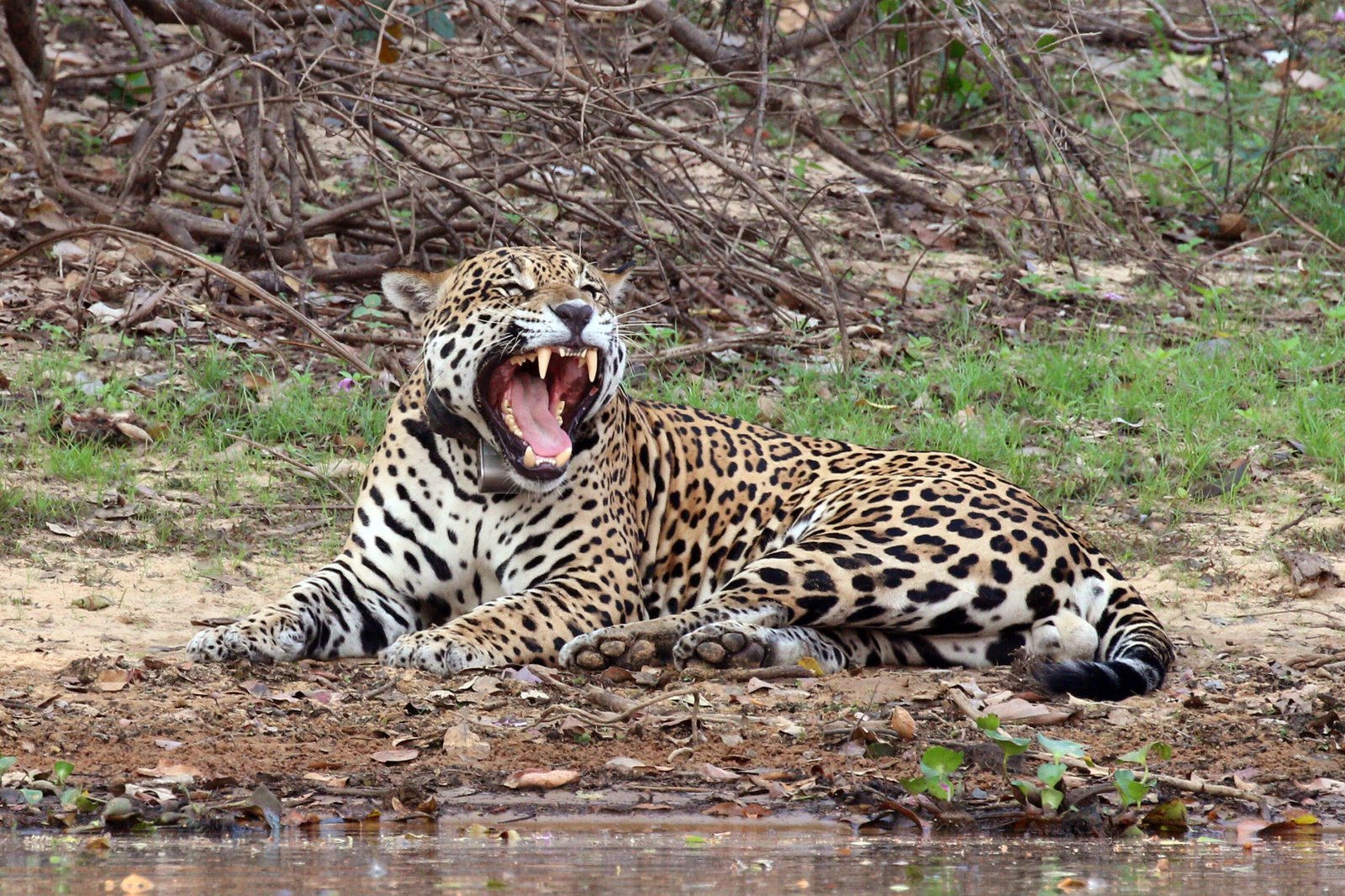
Climate plays a significant role in a cub’s development, influencing their behavior, physiology, and survival strategies. Big cats inhabit a range of climates, from the scorching heat of the savannah to the icy cold of the tundra, and cubs must learn to adapt to these conditions. Changes in weather can affect food availability, alter habitats, and pose challenges to survival. Cubs learn to adjust their behavior in response to climate changes, developing strategies to cope with extreme temperatures, seasonal variations, and resource scarcity. This adaptability is crucial, as it ensures their survival in a rapidly changing world.
The Legacy of Ancestors: Inherited Wisdom and Tradition
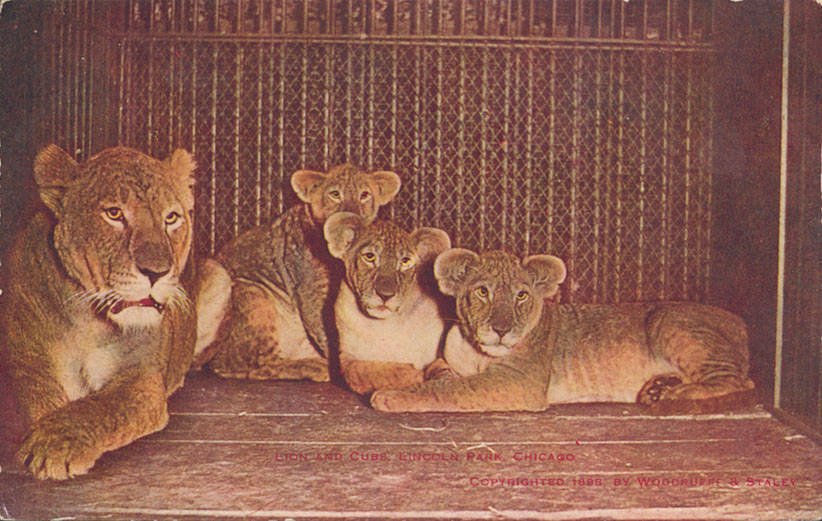
The legacy of ancestors plays a significant role in shaping the development of big cat cubs, as they inherit a wealth of knowledge and tradition. This ancestral wisdom is passed down through generations, influencing a cub’s behavior, survival strategies, and social dynamics. From hunting techniques to territorial instincts, these inherited traits are a testament to the enduring legacy of their ancestors. Cubs learn to honor this legacy, drawing upon the lessons of the past to navigate the challenges of the present. This connection to their ancestors is a powerful reminder of the continuity of life, ensuring the survival of the species for generations to come.
In conclusion, the first year of a big cat’s life is a remarkable journey of growth, learning, and adaptation. From the moment they are born, cubs embark on a path filled with challenges and opportunities, guided by the wisdom of their mother and the legacy of their ancestors. Through play, exploration, and the development of essential skills, these majestic creatures transform from vulnerable infants into formidable predators, equipped to thrive in the wild. As they navigate the complexities of their environment, big cat cubs embody the resilience, adaptability, and grace that define their species, ensuring their survival for generations to come.


Alex is a born and raised Capetonian with a strong love for animals and the outdoors. She is a first-year veterinary student at the University of Pretoria in South Africa. She also completed a BSc in Animal Science at Stellenbosch University, where her passion for working with animals only strengthened. She has always surrounded herself with animals and has been fortunate enough to work closely with them.






